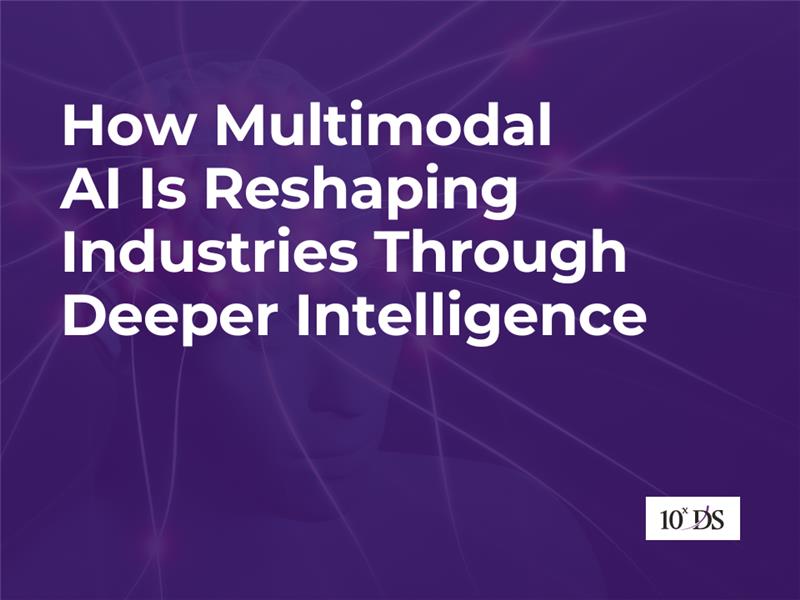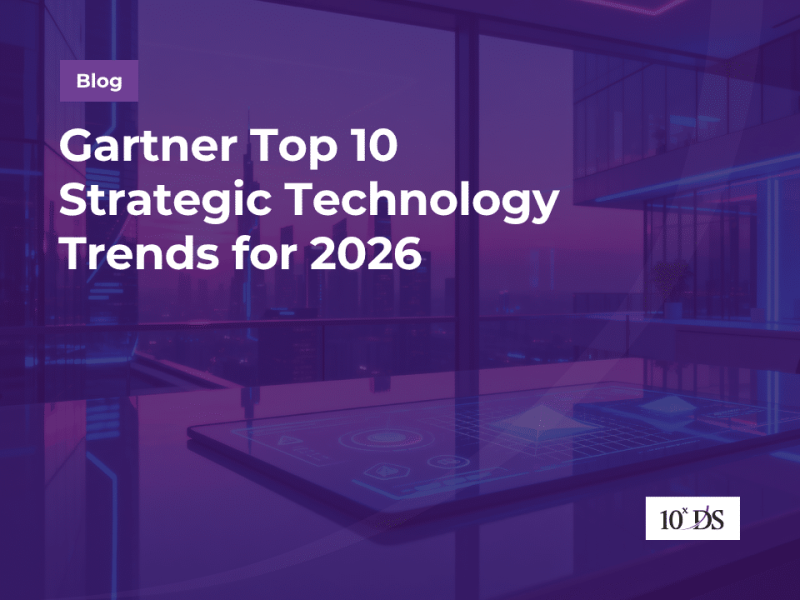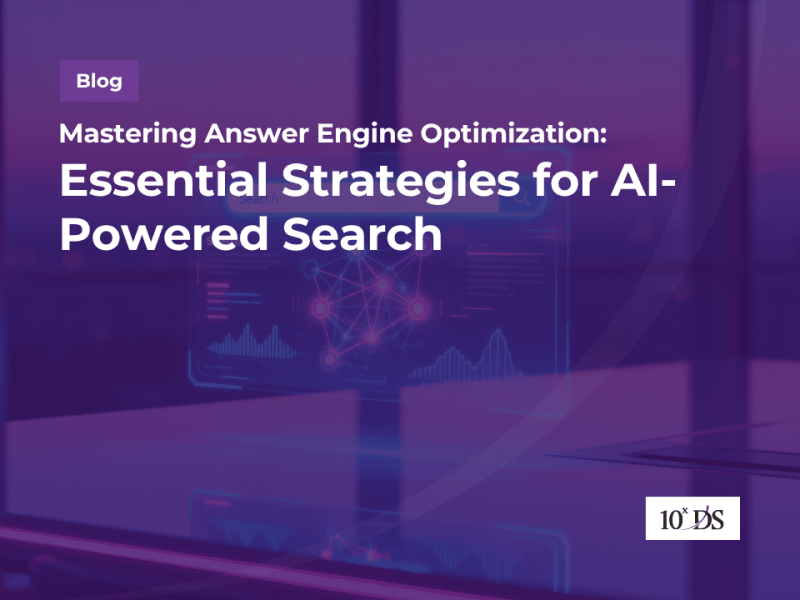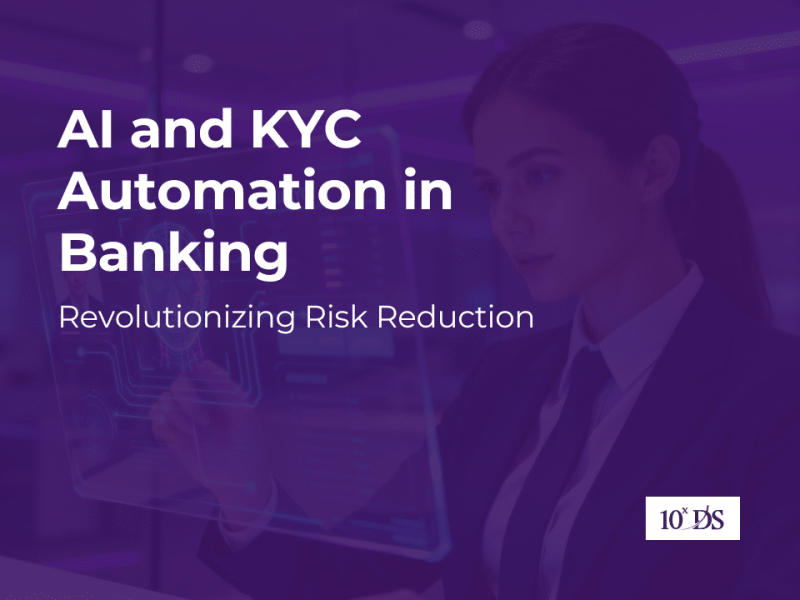
How Multimodal AI Is Reshaping Industries Through Deeper Intelligence
Machines now perceive, understand, and act using multiple types of data—like language, vision, audio, and motion—simultaneously. This was possible only because of the evolution of Multimodal AI in robotics. It enables robots to interpret complex real-world situations and interact more naturally with humans. Instead of relying on separate systems for speech, vision, or behaviour, multimodal AI merges all these channels into unified models, creating richer, more capable agents.
Why is Multimodal AI a game-changer in robotics?
- Unified perception and reasoning: A single model trained on text, images, sensor feed, and actions can plan tasks like “pick up the red bowl and place it in the dishwasher” seamlessly understanding appearance, language, and movement altogether.
- Embodied generalist models: Models such as Google DeepMind’s Gemini Robotics (and Gemini Robotics-ER) combine vision, language, and action. They let robots handle novel objects, follow open-vocabulary instructions, and adapt to new environments by reasoning about object trajectories, grasps, and more.
- Efficient multimodal foundation: Rather than stringing together separate classifiers, integrated multimodal models build shared internal understanding across modalities, reducing latency and improving adaptability.
Multimodal AI: A top tech trend in 2025
Gartner highlighted multimodal AI as part of its Human–Machine Synergy theme in its 2025 Strategic Technology Trends. Specifically, it calls out polyfunctional/physical AI—robots that natively handle multiple data types and can follow human-like instructions in real-world settings. Gartner also predicts that by 2027, nearly 40% of GenAI solutions will be multimodal—a huge jump from just 1% in 2023—this surge being driven by the need for richer human–AI interaction and better integration across visual, audio, and textual domains.
These trends confirm why multimodal AI has made it into Gartner’s top ten:
- It’s enabling agentic AI—autonomous systems that perceive, plan, and act without explicit programming.
- It drives the emergence of polyfunctional robots capable of multiple real-world tasks with natural human alignment.
- It supports the shift to human-machine synergy, ensuring robots can understand and adapt in environments built for humans.
Features – Multimodal AI
| Impact Area | Why Multimodal Matters |
| Flexibility & generalization | Robots understand tasks described in everyday language and see real-world changes. |
| Adaptation | They adjust to new objects, environments, and tasks with far less retraining. |
| Human–robot interaction | More natural, intuitive communication with people—use voice, gesture, visuals in combo. |
Unlocking Richer Insights and Intelligent Interactions
One of the most powerful advantages of multimodal AI is its ability to generate deeper insights by analyzing the relationships between different data types. For instance, a system that understands both a customer’s spoken feedback and facial expressions can provide more accurate sentiment analysis than a model relying solely on text. This capability leads to smarter predictions, more accurate classifications, and context-aware decision-making. In practical applications, this allows businesses to offer enhanced user experiences through intelligent systems that can interpret language, visual cues, and environmental factors together. Whether it’s a voice assistant that can respond with visual aids or an AI chatbot that processes images shared by users, multimodal AI makes interactions more intuitive and natural.
Transforming Healthcare with Holistic Intelligence
In healthcare, multimodal AI is revolutionizing how medical professionals diagnose, treat, and monitor patients. By bringing together data from diverse sources—such as radiology images, electronic health records (EHR), pathology reports, and even patients’ speech patterns or vital signs—AI systems can create a holistic patient profile. This comprehensive view improves diagnostic accuracy and enables early detection of diseases such as cancer, neurological disorders, or respiratory conditions. Additionally, in the era of telemedicine, multimodal AI enables virtual consultations where doctors can analyze a patient’s voice, facial appearance, and sensor data simultaneously to assess symptoms remotely. The result is improved patient outcomes, reduced operational costs, and more proactive healthcare delivery.
Driving Industrial Efficiency and Safety
Manufacturing and industrial sectors are experiencing significant gains from the integration of multimodal AI into their operations. In predictive maintenance, for example, AI systems analyze a combination of machine sensor readings, temperature fluctuations, audio recordings of mechanical sounds, and visual inspections from cameras to anticipate equipment failures before they occur. This proactive approach minimizes downtime and extends the lifespan of machinery. In quality assurance, multimodal AI can detect production defects by simultaneously assessing visual inconsistencies, operational metrics, and environmental conditions. Worker safety is also being enhanced by systems that combine video surveillance, sound analysis, and wearable sensor data to detect unsafe behavior, alert supervisors, and trigger automatic safety protocols in real time.
Powering Smart Retail and Customer Experience
Retail and e-commerce are rapidly embracing multimodal AI to redefine customer engagement and operational efficiency. Today’s consumers interact with brands across multiple channels and formats, and multimodal AI enables businesses to understand and respond to those interactions more intelligently. For example, shoppers can upload a product image, describe what they’re looking for, and receive instant recommendations tailored to their preferences—all powered by AI that understands both visual and textual input. Multimodal AI also helps retailers personalize marketing by analyzing user behavior from browsing history, voice queries, and sentiment in customer reviews. On the backend, it optimizes supply chains by analyzing real-time data from sales, warehouse sensors, and transportation systems, leading to faster delivery, reduced waste, and improved inventory management.
Breaking Data Silos for Enterprise-Wide Transformation
A key strength of multimodal AI lies in its ability to break down data silos within an organization. Many enterprises struggle with fragmented information stored across departments and platforms. Multimodal AI can ingest and process structured and unstructured data—like emails, sensor logs, images, and customer interactions—and connect the dots to reveal patterns and insights that would otherwise remain hidden. This unified view supports smarter decision-making across departments such as finance, operations, HR, and compliance. For instance, a financial services firm can detect fraud by correlating unusual transaction patterns with audio call records and facial recognition data. As a result, enterprises achieve improved governance, enhanced collaboration, and accelerated innovation across the board.
The Future of Intelligent Enterprises with Multimodal AI
As digital transformation accelerates, multimodal AI is poised to become a foundational technology for forward-thinking organizations. It doesn’t just improve performance in isolated functions—it fundamentally reshapes how businesses operate, make decisions, and interact with customers. By mimicking the way humans gather and process information across multiple senses, multimodal AI enables systems that are adaptive, resilient, and deeply intelligent. The future of intelligent enterprises lies in their ability to harness the full spectrum of data—textual, visual, auditory, and beyond—to unlock value, drive innovation, and stay competitive in an increasingly complex world.


